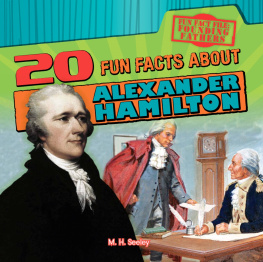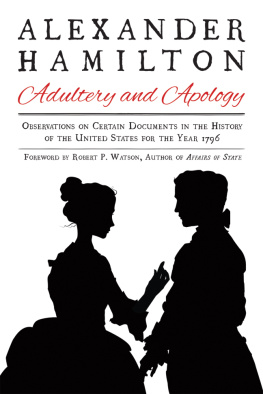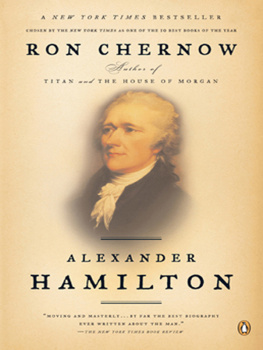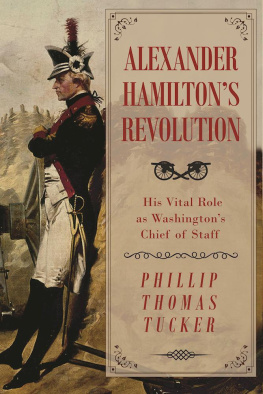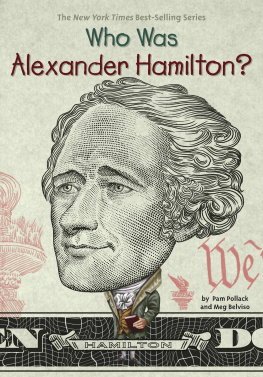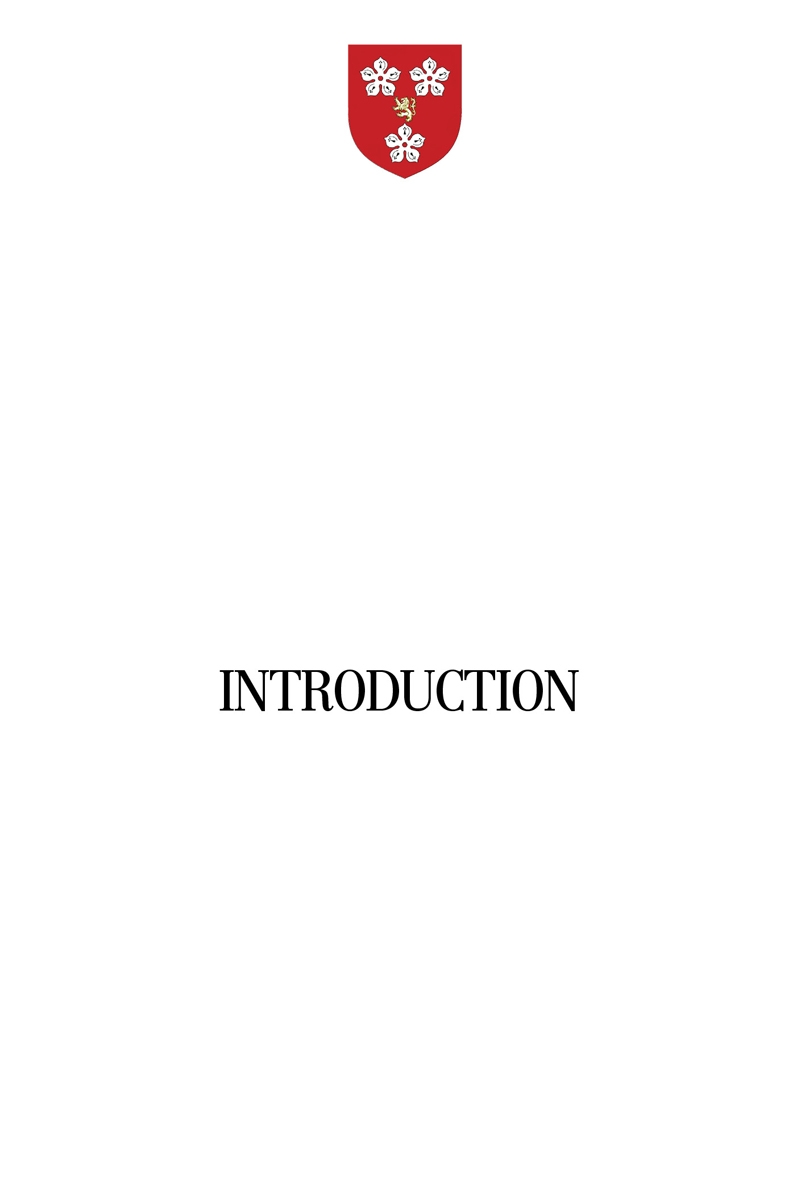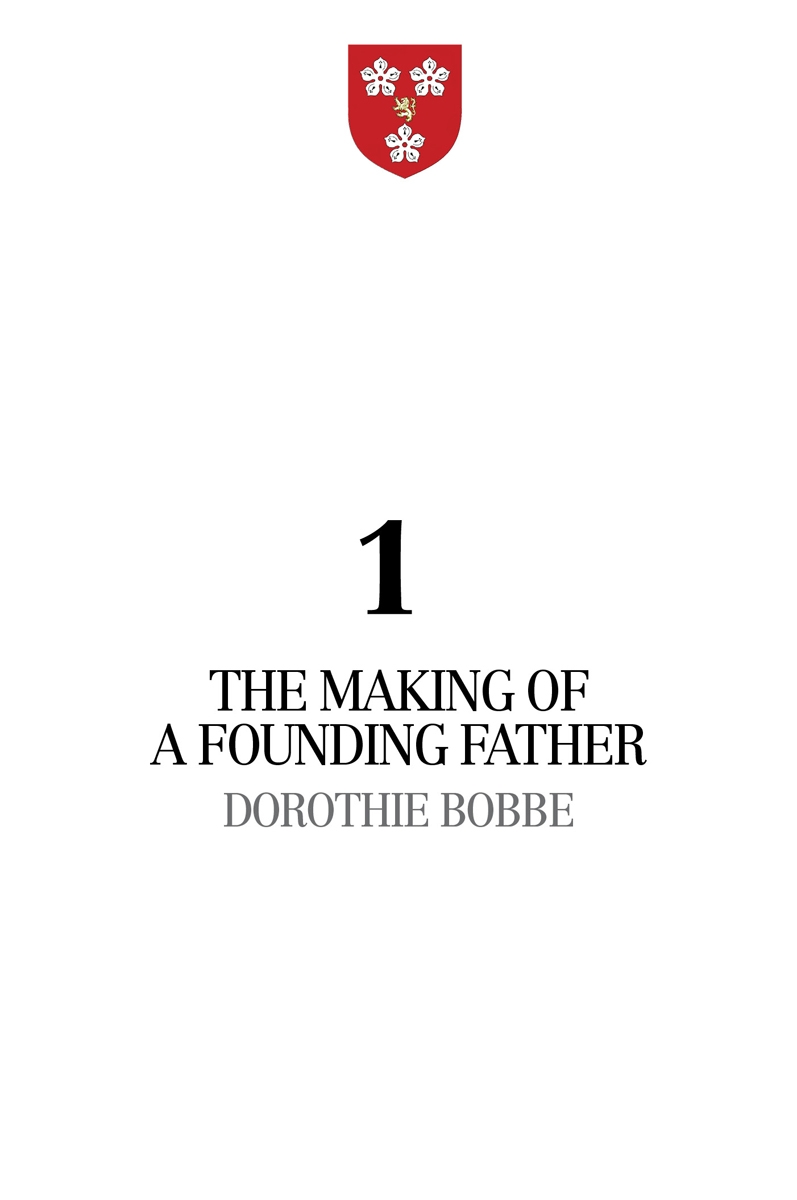Alexander Hamilton founding father, first treasury secretary, founder of the national bank - is in the spotlight again.
As anyone interested already knows, hes got his own Broadway musical, soon to arrive in a city near you. Hamilton was also the center of a debate about his portrait on the $10 bill; thanks, in part, to the Broadway cast, he remains on the currency.
But for American Heritage, the seventy-year-old history magazine, Alexander Hamilton has never been out of style or considered old-fashioned. Hamiltons life, career, and accomplishments have remained popular subjects for the nations historians, including those who appear in these pages.
For those of you not familiar with American Heritage, it was founded in 1947 to provide, according to its official biography, authoritative and accessible writing and research on the American experience. Some of its many prominent contributors have included Steven Ambrose, Doris Kerns Goodwin, and David McCullough. The magazine has won the prestigious National Magazine Award for General Excellence, the industrys version of the Pulitzer Prize.
In the following collection, we feature some of the magazines best works on Hamilton.
British historian Dorothie Bobbe, author of a John Quincy Adams biography, among many other works, chronicles the early days of Alexander Hamilton in the Caribbean islands, his youth tarnished by the shame of his illegitimacy.
Robert C. Alberts, historian and author of a biography of H. J. Heinz, weaves a compelling tale of lust, deceit, bribery, and political intrigue surrounding Hamiltons scandalous affair with Maria Lewis Reynolds.
John Steele Gordon, a New York historian of business and financial history, tackles Hamiltons building of a national financial system, which arguably made it possible for thirteen culturally and philosophically different colonies to grow and prosper as a single country. When any American, Gordon writes, makes a bank deposit or (buys) a U.S. Treasury bond, it (is) because of Hamilton.
And, of course, what collection of Hamilton essays would be complete without the story of his foolish and deadly duel with Aaron Burr in, of all places, Weehawken, New Jersey?
James R. Webb, who won an Academy Award in 1963 for the movie How the West Was Won, challenges the long-held notion that Hamilton was the noble victim in his historic clash with a jealous and vindictive Burr. Never before or since has there been an encounter between two such nationally prominent men the vice president of the United States (Burr) and the former secretary of the treasury... the outcome was considered by most persons a triumph of evil over good in flagrant violation of the American dream.
But, Webb also writes, lets not jump to that conclusion.
The stories you are about to read appeared over the years in the pages of American Heritage. While we have edited for consistency and repetition theres only so many times you can recount the history of Hamiltons birth in Nevis, for instance we have attempted to maintain the style and original intent.
Enjoy the journey of one of the nations great founding fathers.
Alexander Hamilton said little about his childhood.
His political enemies, on the other hand, said a good deal mostly under their breath and mostly unflattering, even scathing. An aging John Adams called Hamilton the bastard son of a Scots peddler.
Hamiltons supporters denied the scurrilous reports that, for example, he was born to unwed parents or that he grew up in poverty. One friendly author even concocted an inspiring tale of a blue blood rescued by wealthy relatives from the shame of his mothers marital scandal.
These well-intended but erroneous interpretations have enshrouded Hamiltons boyhood in a mix of legend and conjecture, denying the undeniable fact of his illegitimate birth. It isnt exactly clear why these stories persist: The English and Danish authorities of the islands where he lived as a boy kept meticulous records that reveal the essential facts a story of personal triumph over difficult circumstances.
This is the real story of Hamiltons boyhood and the journey that led him to become one of our countrys most influential leaders.
Truth is, despite rumors to the contrary, Hamiltons ancestry was British. His grandmother, records show, was an English widow named Mary Uppington. She married Englishman John Faucette at St. Georges parish church on the island of Nevis, British West Indies, on August 21, 1718.
By the time they married, Mary and Faucette already had two children, a daughter, Ann, and a son, John. Faucette was a sugar planter but an unsuccessful one. On an island where everyone else seemed to make a fortune in sugar, he slipped deeper into debt. He and Mary steadily lost acreage and owned only a dozen slaves - a small number when compared to owners of larger plantations. After bearing Faucette seven children, Mary left him, taking with her their youngest surviving child, Rachel, the girl who would one day be Alexander Hamiltons mother.
Amid the tropical, amoral life of the sugar islands, where the rich and successful played, Rachel blossomed into a beautiful young woman. Before the ambitious Mary left Faucette, she had steered their eldest daughter Ann into a marriage with the son of one of Neviss wealthiest families, the Lyttons. Now she sought to do the same for Rachel.
In leaving Faucette, Mary had given up her rights to her husbands income and his small plantation in exchange for a paltry annuity of . Upon his death in 1745, however, Rachel, at sixteen, inherited the entirety of her fathers modest estate. Taking the money, she and her mother moved from Nevis to St. Croix, some 140 miles west and north, where her sister Ann lived with her husband, James.
Through the Lyttons, Mary had met a Danish merchant named Johann Michael Lavien, an aristocratic and arrogant man thirteen years Rachels senior. Lavien was flashy, vain, and well-connected. Rachel found him repulsive. Nonetheless, in 1745, Rachel became, at her mothers insistence, Laviens unwilling bride.
All did not go well at the newlyweds plantation house in the hills of St. Croix. Laviens tastes were expensive and his income negligible. A year after their wedding, Rachel bore him a son they called Peter, but after his birth, Rachel wanted nothing more to do with her husband. In 1748, Lavien purchased a half-share in a second plantation, accumulating more debt and squandering what was left of his wifes meager inheritance.
Only five years into the marriage, Rachel had had enough. In 1750, she moved out of the house she shared with Lavien.
Furious and no doubt humiliated by his wifes departure, Lavien was eager to inflict a similar punishment on her. He stormed down to the town captain of Christiansted, Bertram Pieter de Nully, and bellowed: I want you to jail my wife!
Lavien was explicit in his charges against his wife. Rachel, he protested, was disobedient and rebellious. Not only did she reject his husbandly overtures, she was unseemly in her behavior with other men. He had disciplined her, but she had already run away once.
To prevent her from fleeing again, he swore out a warrant for her arrest. Fulfilling his duty, Captain De Nully went up to the house and seized her, then locked her in a cell in the fort on the Christiansted quay, the only time, records indicate, that a woman was ever jailed in the city for adultery.
Months later - at least three but maybe as many as five - De Nully came to Rachel and told her that her husband had agreed to have her released if she would promise to obey him and remain faithful. Certain his wife would have learned her lesson after being incarcerated in the deplorable conditions of the island prison, Lavien was willing to let bygones be bygones. But Rachel was not. She would not return to his house, or to his bed. She would never go back, she told De Nully.

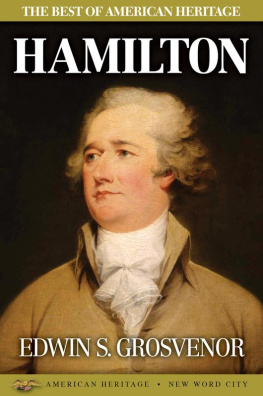

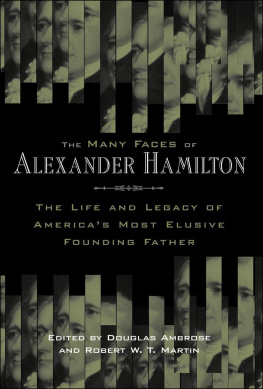
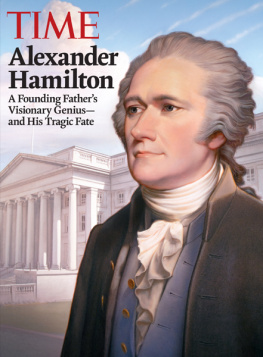
![A. K. ]]> - Rough Diamond: The Life of Colonel William Stephen Hamilton, Alexander Hamiltons Forgotten Son](/uploads/posts/book/377309/thumbs/a-k-rough-diamond-the-life-of-colonel.jpg)
